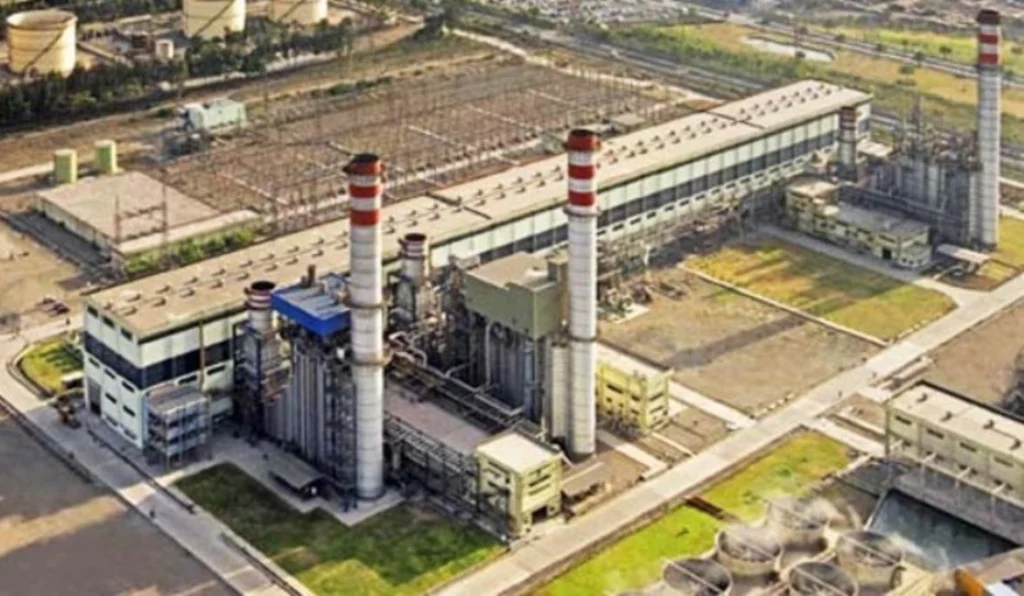Discover Singrauli District, India’s Energy Capital, known for its power industries, lush forests, and rich heritage. Explore its natural beauty and history.

Explore Singrauli: Power Hub, Lush Forests & Heritage
Located in the central part of India, Singrauli District is a region of immense significance, often referred to as the “Energy Capital of India.” Spread over an area of approximately 5,674 square kilometers in the state of Madhya Pradesh, Singraulii is known for its vast coal reserves and abundant thermal power generation. This district is not only vital for India’s energy needs but also possesses a unique blend of natural beauty and industrial prowess.
Geography and Natural Resources
Singraulii is characterized by its undulating terrain, dense forests, and fertile plains. The district is home to the picturesque Vindhya Range, which adds to its natural beauty. However, what truly sets Singrauli apart is its rich coal deposits. With some of the largest coalfields in India, Singrauli plays a pivotal role in fueling the nation’s energy demands. The Northern Coalfields Limited (NCL) and the National Thermal Power Corporation (NTPC) are two major entities responsible for coal mining and power generation in the region.
Power Generation
Singrauli’s significance as an energy hub cannot be overstated. The NTPC’s Vindhyachal Super Thermal Power Station, one of the largest in India, is located here. This power plant alone has a capacity of over 4,760 megawatts, providing electricity to millions of homes across the country. The region is also home to numerous other thermal power plants, making it a powerhouse of electricity production.
Environmental Concerns
While Singrauli plays a vital role in meeting India’s energy needs, it also faces environmental challenges. The rapid expansion of the coal mining and power generation industry has raised concerns about air and water pollution, deforestation, and the displacement of local communities. Efforts are being made to balance industrial growth with environmental conservation and sustainable development.
Biodiversity and Conservation
Singrauli’s natural beauty is not limited to its coal mines and power plants. The district is blessed with lush green forests and a diverse range of flora and fauna. The Rihand Reservoir, formed by the Rihand Dam on the Rihand River, adds to the region’s charm. This reservoir supports various aquatic species and serves as a vital water source.
Efforts are underway to protect and preserve Singrauli’s natural heritage. Conservation initiatives aim to strike a balance between industrial development and the protection of the district’s unique ecosystems.
Cultural Diversity
Singrauli is a melting pot of cultures, with people from various backgrounds living harmoniously. The district is home to numerous tribal communities, each with its own distinct traditions and languages. Festivals like Karma, Sohrai, and Fagli are celebrated with great fervor, showcasing the rich cultural tapestry of Singrauli.
Infrastructure Development
To support its growing industrial and energy sectors, Singrauli has witnessed significant infrastructure development. Roads, railways, and airports have been improved to facilitate transportation and trade. This, in turn, has attracted investments and contributed to the district’s economic growth.
Famous Places in Singrauli District
Singrauli District is a region of India with a rich cultural and natural heritage. Here are some of the famous places to visit in Singrauli District:
Rihand Dam and Reservoir: The Rihand Dam on the Rihand River is a remarkable engineering feat. The dam forms the Rihand Reservoir, a picturesque water body surrounded by hills and forests. It’s a great spot for boating and picnics.
Vindhya Range: The Vindhya Range’s foothills run through Singrauli, offering excellent opportunities for trekking and exploring the region’s natural beauty.
Shakti Peetha Maa Jayanti Temple: This temple is dedicated to Goddess Jayanti, and it’s an important religious site for the local community. The temple’s architecture and serene surroundings make it a peaceful place to visit.
Hanuman Mandir (Gadauli): Situated on the banks of the Rihand Reservoir, this temple dedicated to Lord Hanuman attracts devotees and tourists alike. The view of the reservoir from here is breathtaking.
Tippa Jhariya Dam: Another scenic spot in Singrauli, Tippa Jhariya Dam offers a peaceful environment for picnics and relaxation. The calm waters and lush green surroundings make it a serene getaway.
Vindhya Nagar: This is a township built by the National Thermal Power Corporation (NTPC) and is known for its well-planned layout and modern amenities. It’s an interesting place to witness the fusion of urban development within a rural landscape.
Local Markets: Explore the local markets of Singrauli to experience the district’s culture and purchase unique handicrafts and souvenirs made by the local tribal communities.
Natural Beauty: Simply driving through Singrauli District allows you to appreciate its natural beauty. The lush greenery, rolling hills, and tranquil lakes provide ample opportunities for nature lovers and photographers.
Cultural Festivals: If you happen to visit during the local festivals like Karma, Sohrai, or Fagli, you’ll have the chance to witness traditional dances, music, and rituals that are an integral part of Singrauli’s culture.
Northern Coalfields Limited (NCL) Mines: While not a tourist attraction per se, the NCL mines are a significant part of Singrauli’s identity. The massive coal mines and the scale of operations are awe-inspiring and provide insight into India’s energy production.
Singrauli District offers a unique blend of natural beauty, religious sites, and cultural experiences. Whether you’re interested in exploring its scenic landscapes or immersing yourself in its local culture, Singrauli has something to offer for every traveler.
Read More :-
